Gang of four arrested in Maputo over debit card theft
Mozambique braces for more floods as cyclone deaths set to climb
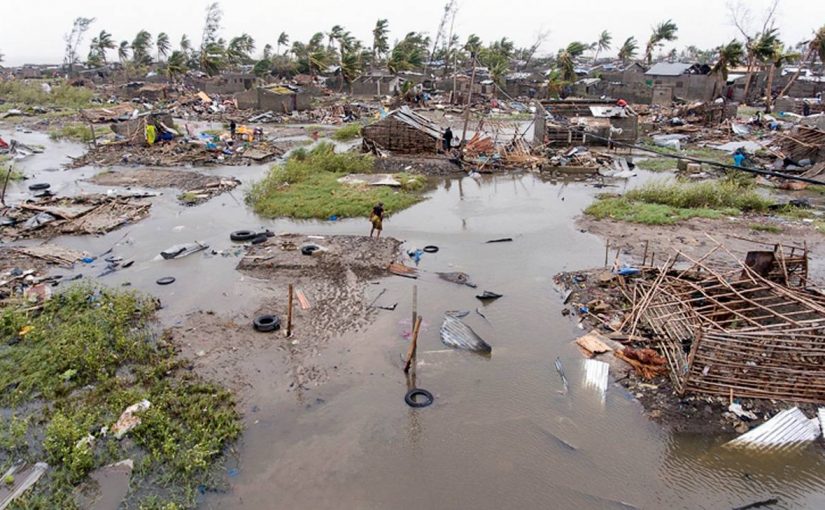
Parts of Mozambique submerged beneath 2 to 3 metres of water; storm disrupts fuel exports to Zimbabwe, power to South Africa
Mozambique braced for more flooding from Cyclone Idai as relief workers struggled to deal with the devastation wrought by one of southern Africa’s most powerful recorded storms.
Heavy rain fell over western Mozambique and neighbouring Zimbabwe and is forecast to continue until the end of the week. The official death toll in the two countries stands at 182, though Mozambican President Filipe Nyusi said the number could exceed 1,000 in his country, and there are at least 200 people missing in Zimbabwe.
“We’re seeing large areas from the air that are flooded more than two to three meters high,” Caroline Haga, spokeswoman for the International Federation of Red Cross and Red Crescent Societies, said by phone from the port city of Beira. “It’s a massive catastrophe. The government is saying it’s the worst humanitarian situation they’ve had.”
The storm disrupted electricity exports from Mozambique’s Cahora Bassa hydropower dam to South Africa, and curbed fuel supplies to Zimbabwe from a pipeline that originates in Beira, which bore the brunt of the cyclone when it made landfall on March 15.
“I was sleeping and I woke up because I felt like I was floating. But my leg was actually in water.”
A cyclone in Mozambique is feared to have killed more than 1,000 people pic.twitter.com/no9XNhQ6ww
— TicToc by Bloomberg (@tictoc) March 19, 2019
The disaster will compound pressure on Mozambique’s budget at a time when the nation is already in default on about $2 billion of external commercial debt and as it prepares for national elections in October, according to Celeste Fauconnier, an Africa economist at Rand Merchant Bank Ltd. in Johannesburg.
While it’s too early to estimate the scale of the devastation, the storm will be “very economically damaging,” said John Ashbourne, an Africa economist at London-based Capital Economics.
Mozambique’s worst-recorded flooding occurred in 2000, when Cyclone Leon-Eline struck, killing about 800 people. The country is the third-most vulnerable on the continent to climate change, according to the Global Facility for Disaster Reduction and Recovery.
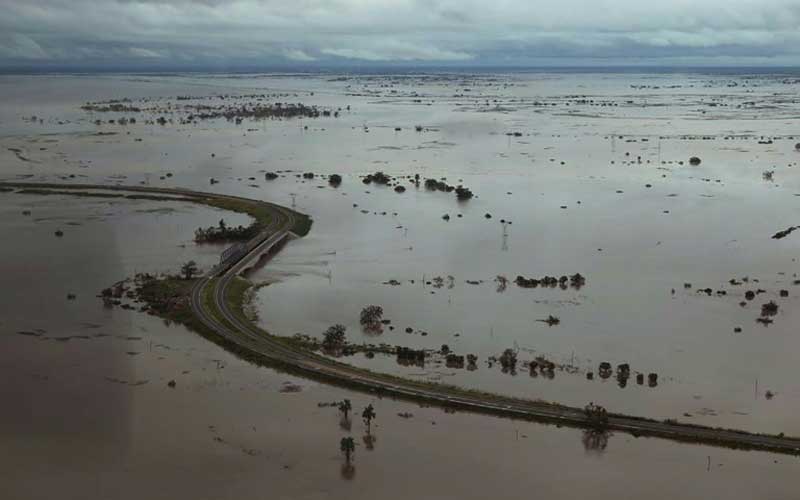
Rapid strengthening
Before forming a tropical cyclone on March 9, the system dumped heavy rains over Mozambique and neighboring Malawi earlier this month, displacing more than 100,000 people and causing more than 60 deaths. The storm then moved back out to the southern Indian Ocean, where warm waters caused it to rapidly strengthen as it once again took aim at Mozambique’s coast.
The first incarnation of the storm last week resulted in a temporary halt to coal exports from Vale SA’s Moatize operation, Mozambique’s biggest producer, after railway lines were submerged. Operations have since resumed, the company said by email.
In Zimbabwe, Idai swept across the east of the country, destroying roads and bridges in a region that’s recently experienced drought. President Emmerson Mnangagwa said the country is drawing from “strategic reserves” to send food to affected communities.
Relief workers are struggling to provide assistance because of a lack of equipment, said Haga. Helicopters are being used to rescue people stranded in trees and drop water-purification tablets, though their efforts are being hampered by bad weather.
“According to the forecast it’s going to be raining for the next four days,” she said. “We are worried that some other rivers could flood.”
By Matthew Hill



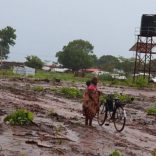
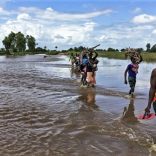

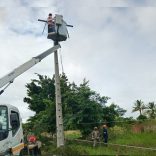





Leave a Reply
Be the First to Comment!
You must be logged in to post a comment.
You must be logged in to post a comment.